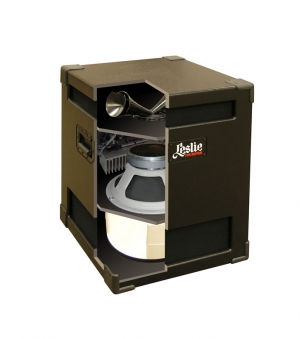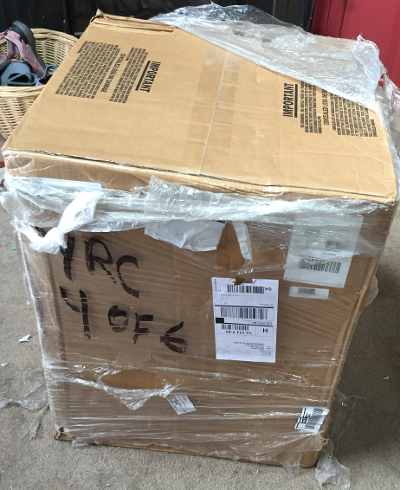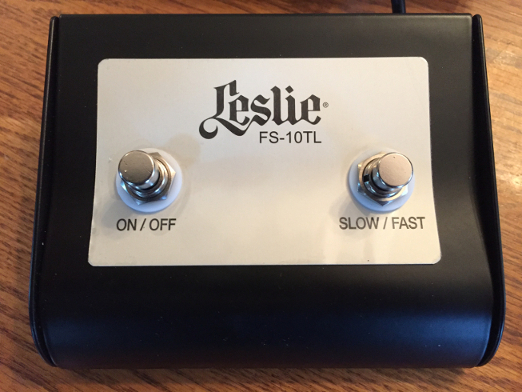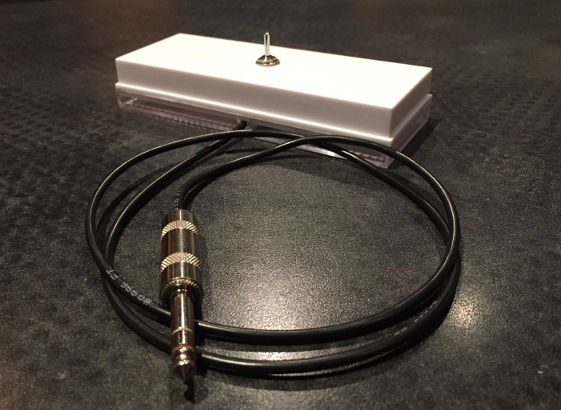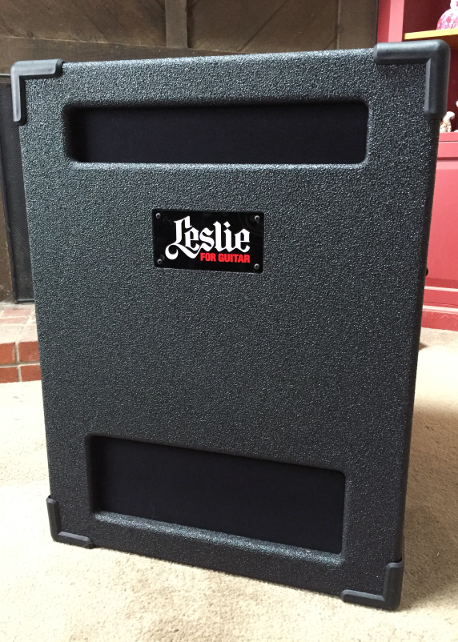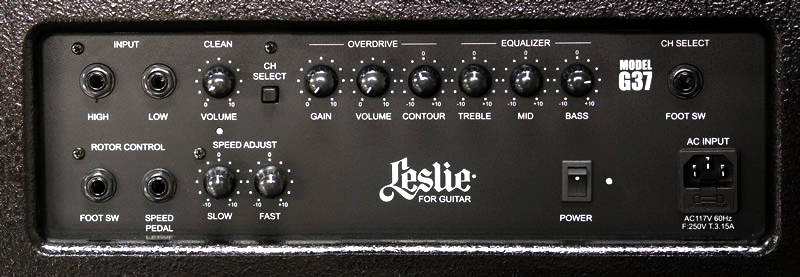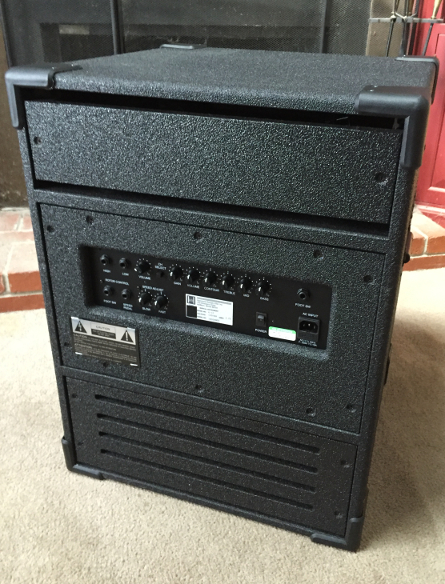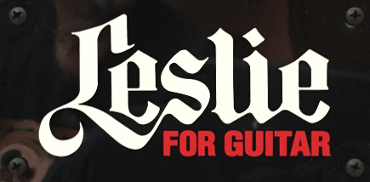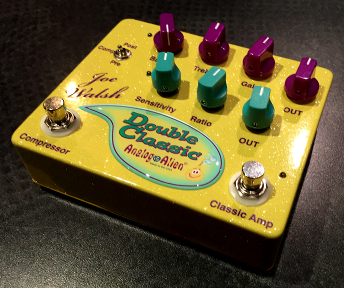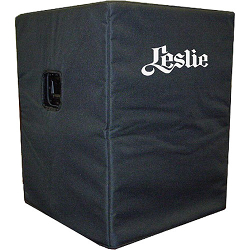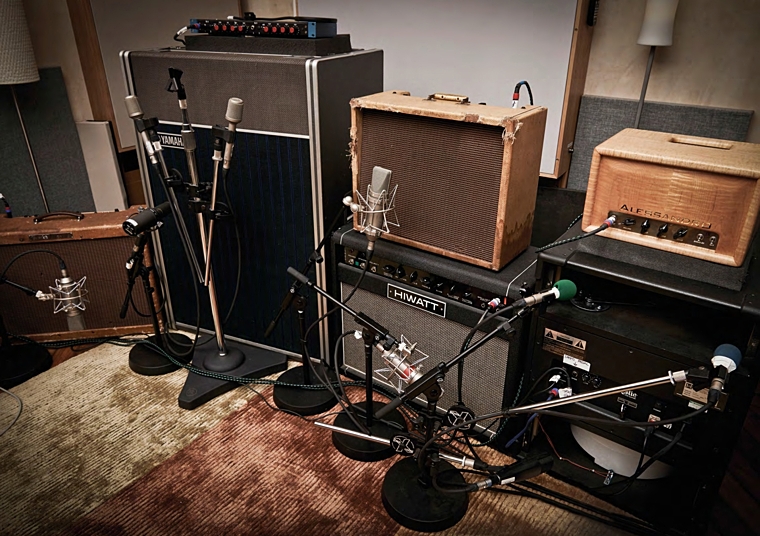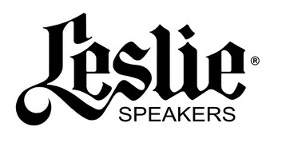

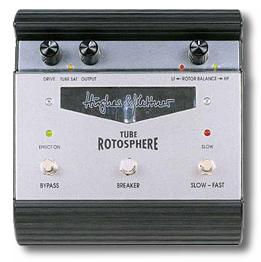 The Rotosphere has provided some pretty wonderful Leslie chorale (slow) sounds in my recording sessions and still does to this day. I've run it into a pair of amps and mic'd them and I've run a stereo modeler into it and have had excellent results. The pedal models extremely well the unlocking of the rotors' sync when either brake or speed controls are toggled. The pedal is still a respected standard amongst guitarists for its sound and does very well in the loop of an amp. You can read more about my early experiences with the Rotosphere and the physics of rotary speaker sounds, HERE. But even when running the ‘Sphere in stereo through a pair of amps it didn’t provide the same physical experience in person as playing through a real rotary speaker.
The Rotosphere has provided some pretty wonderful Leslie chorale (slow) sounds in my recording sessions and still does to this day. I've run it into a pair of amps and mic'd them and I've run a stereo modeler into it and have had excellent results. The pedal models extremely well the unlocking of the rotors' sync when either brake or speed controls are toggled. The pedal is still a respected standard amongst guitarists for its sound and does very well in the loop of an amp. You can read more about my early experiences with the Rotosphere and the physics of rotary speaker sounds, HERE. But even when running the ‘Sphere in stereo through a pair of amps it didn’t provide the same physical experience in person as playing through a real rotary speaker.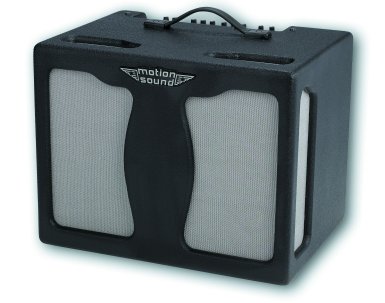 I pointed out the problems to the staff and then let the amp sit in the store for a few months to soften up the price. Eventually, the store manager accepted my low-ball offer so I took the unit home and repaired it. Voile'! It worked just as well as new. The Sidewinder is a compact integrated amp with a guitar preamp, reverb, and a single rotor speaker system based on a 12" speaker. When I integrated the Sidewinder into my rig I found that a real rotary system provided a much more intense physical experience than the Rotosphere, actually spinning the sound around the room with its vertically-mounted rotor. However, having only a single driver and rotor, its spinning modulation lacked some of the depth and high-end complexity of a standard Leslie with two rotors. Nevertheless, it proved to be a fun addition to the rig. I made up for some of the missing complexity of the two-rotor system by running the Rotosphere in the loop of a second amp while the Sidewinder was spinning but the combined effect still wasn’t quite like a real two-rotor Leslie. It was, as they say, “Close, but no cigar.” So, as a real Leslie lover I always held out the hope that one day I would be able to get into a two-rotor system. You can read more about my experience with the Sidewinder over HERE.
I pointed out the problems to the staff and then let the amp sit in the store for a few months to soften up the price. Eventually, the store manager accepted my low-ball offer so I took the unit home and repaired it. Voile'! It worked just as well as new. The Sidewinder is a compact integrated amp with a guitar preamp, reverb, and a single rotor speaker system based on a 12" speaker. When I integrated the Sidewinder into my rig I found that a real rotary system provided a much more intense physical experience than the Rotosphere, actually spinning the sound around the room with its vertically-mounted rotor. However, having only a single driver and rotor, its spinning modulation lacked some of the depth and high-end complexity of a standard Leslie with two rotors. Nevertheless, it proved to be a fun addition to the rig. I made up for some of the missing complexity of the two-rotor system by running the Rotosphere in the loop of a second amp while the Sidewinder was spinning but the combined effect still wasn’t quite like a real two-rotor Leslie. It was, as they say, “Close, but no cigar.” So, as a real Leslie lover I always held out the hope that one day I would be able to get into a two-rotor system. You can read more about my experience with the Sidewinder over HERE.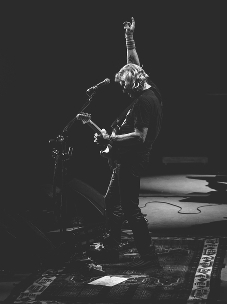

Leslie 147 with back removed.
Click on the image to open a window with a larger view.
